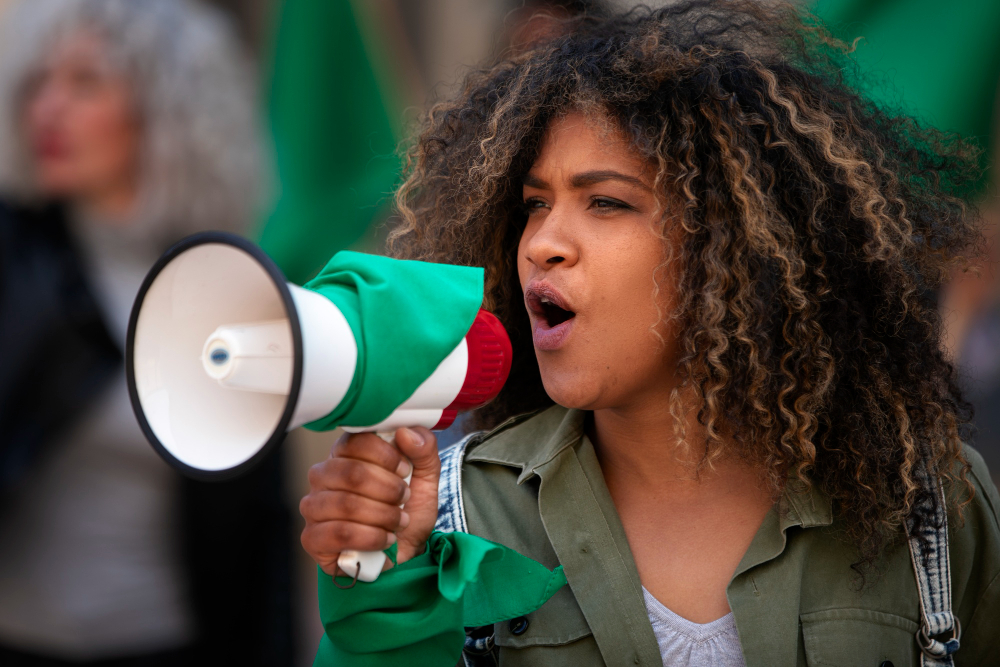
Introduction:
The right to protest is an inherent aspect of a vibrant and functioning democracy, serving as a crucial pillar of free expression and citizen participation. In India, the right to protest is not only a fundamental right enshrined in the Constitution but also a reflection of the democratic ethos that the framers sought to establish. This essay delves into the constitutional framework supporting the right to protest in free India, exploring landmark case laws that have shaped and defined this right.
Constitutional Foundations:
The right to protest is primarily anchored in the Constitution of India, which guarantees various fundamental rights under Part III. Article 19(1) (a) grants citizens the freedom of speech and expression, a cornerstone of the right to protest. Additionally, Article 19(1)(b) provides the right to assemble peacefully and without arms, while Article 19(1)(c) secures the right to form associations or unions. These provisions collectively form the constitutional bedrock supporting the right to protest.
Landmark Case Laws:
Ramlila Maidan Incident vs. Home Secretary, Union Of India (2012): In this case, the Supreme Court upheld the right to peaceful assembly while addressing the excessive use of force by the police during a protest at Ramlila Maidan in Delhi. The court emphasized the importance of striking a balance between maintaining public order and respecting the citizens’ right to protest.
Kesavananda Bharati vs. State of Kerala (1973): Although not directly related to the right to protest, this landmark case is crucial as it established the basic structure doctrine. The doctrine asserts that while Parliament has the power to amend the Constitution, it cannot alter its basic structure. This includes fundamental rights, such as the right to protest, ensuring their inviolability.
S. Rangarajan vs. P. Jagjivan Ram (1989): This case focused on the freedom of speech and expression, elucidating that the right extends to the right to dissent and protest. The judgment emphasized that restrictions on free speech must be reasonable and cannot be arbitrary, further fortifying the constitutional protection of the right to protest.
Anuradha Bhasin vs. Union of India (2020): This case dealt with the restrictions imposed on communication and movement in Jammu and Kashmir following the abrogation of Article 370. The Supreme Court highlighted that the right to protest and express dissent extends to the virtual world, emphasizing the need to protect these rights even in challenging circumstances.
Conclusion:
In conclusion, the right to protest in free India finds its roots in the constitutional guarantees of freedom of speech, expression, and assembly. Landmark case laws have played a pivotal role in shaping and protecting this right, reinforcing its significance in a democratic society. The judiciary, through its interpretations and decisions, continues to be a bulwark in safeguarding the right to protest as an essential facet of democratic governance.









